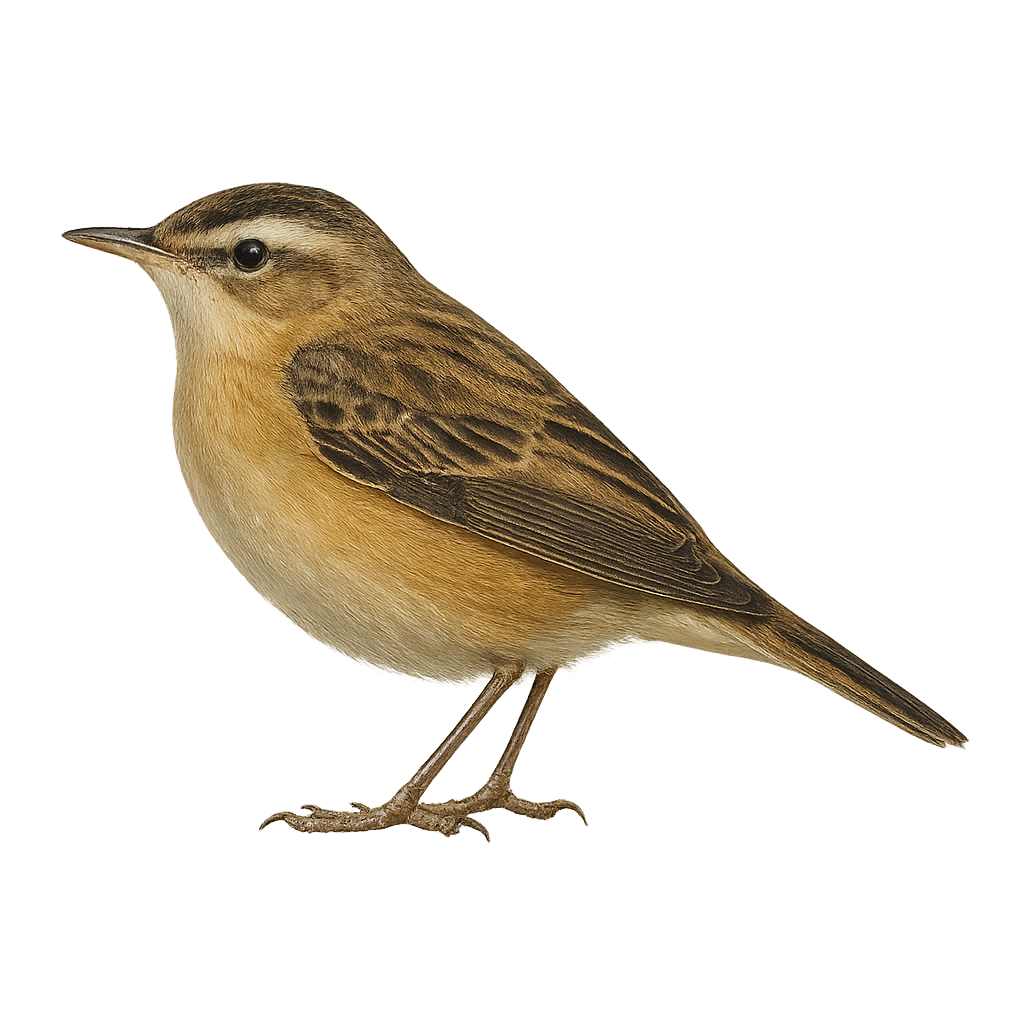Your wildlife photography guide.
Explore the sedge warbler in detail, study its behavior, prepare your shots.
Where to observe and photograph the sedge warbler in the wild
Learn where and when to spot the sedge warbler in the wild, how to identify the species based on distinctive features, and what natural environments it inhabits. The WildlifePhotographer app offers tailored photography tips that reflect the sedge warbler’s behavior, helping you capture better wildlife images. Explore the full species profile for key information including description, habitat, active periods, and approach techniques.
Sedge Warbler
Scientific name: Acrocephalus schoenobaenus

IUCN Status: Least Concern
Family: ACROCEPHALIDAE
Group: Birds
Sensitivity to human approach: Suspicious
Minimum approach distance: 10 m
Courtship display: May to June
Incubation: 12-14 jours
Hatchings: June to July
Habitat:
Marshes, wetlands, reeds
Activity period :
Primarily active during the day, with peak activity in the morning and late afternoon.
Identification and description:
The Sedge Warbler is a small passerine bird from the Acrocephalidae family, commonly found in marshes and wetlands across Europe and Asia. It is characterized by its brown plumage with black streaks on the back and a lighter underside. Its song is a complex mix of trills and whistles, often delivered from a high perch. A migratory species, it winters in sub-Saharan Africa. It feeds mainly on insects and spiders, which it catches in dense vegetation. During the breeding season, the male builds several nests to attract a female. The final nest is often located in reeds or low bushes, well hidden to protect the eggs and young from predators.
Recommended lens:
400 mm – adjust based on distance, desired framing (portrait or habitat), and approach conditions.
Photography tips:
To photograph the Sedge Warbler, it is advisable to use a telephoto lens of at least 400mm to capture detailed images without disturbing the bird. Marshes and wetlands are ideal places to observe it, especially at sunrise when activity is at its peak. Be patient and discreet, using neutral-colored clothing to blend into the environment. A tripod can be useful for stabilizing your camera, especially if you are using slower shutter speeds to capture the movement of birds in flight.
The WildlifePhotographer App is coming soon!
Be the first to explore the best nature spots, track rutting seasons, log your observations, and observe more wildlife.
Already 1 430 wildlife lovers subscribed worldwide

